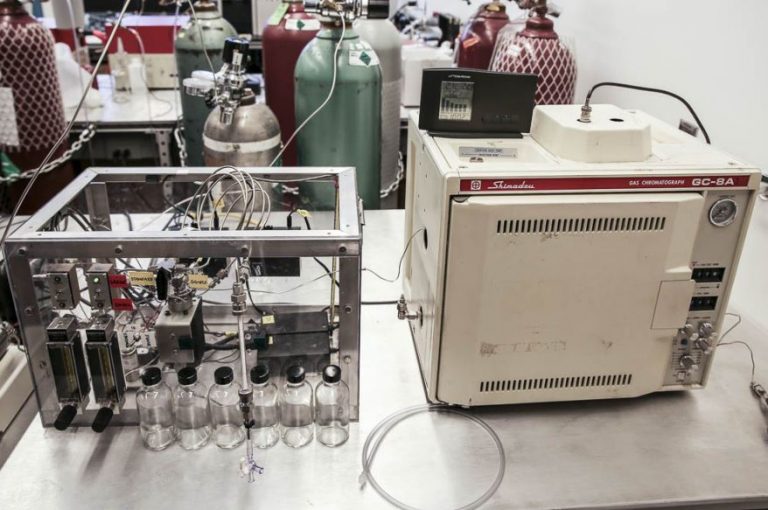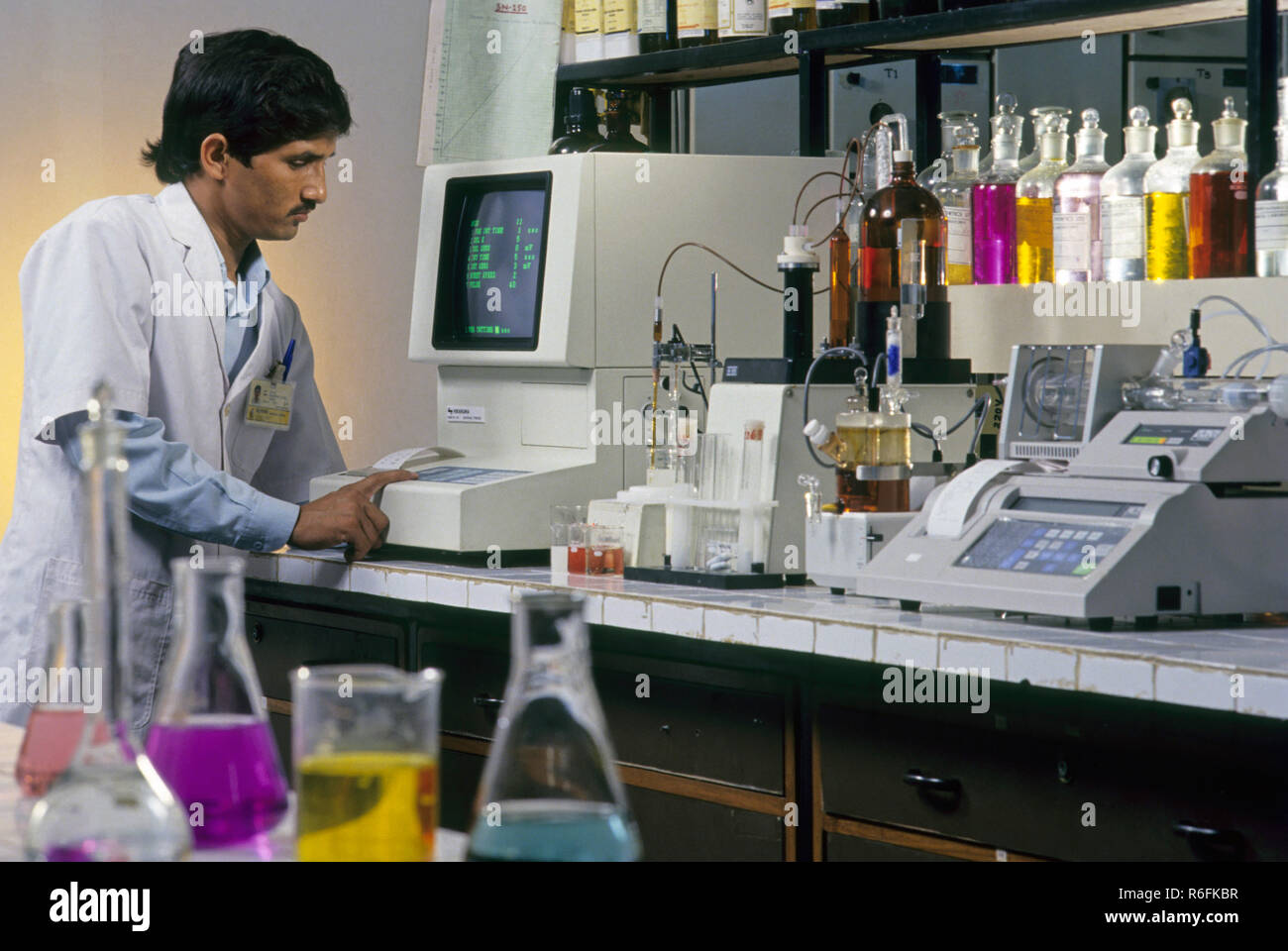



Hence it is a powerful tool in the determination of chlorinated insecticides. The electron capture detector is highly sensitive molecules containing electro-magnetive functional groups like halogens, peroxides, nitro groups it is insensitive to the functional groups like amines, alcohols, and hydrocarbons. The response of this detector is nonlinear unless the applied potential across the detector is pulsed. However in presence of organic compounds the current decreases significantly. In the absence of organic compounds, a constant standing current between a pair of electrodes results from this ionization process. electron capture synonyms, electron capture pronunciation, electron capture translation, English dictionary definition of electron capture. An electron from ß emitter causes ionization of carrier gas and production of a burst of electrons. In this detector, the effluent from the column is passed over a ß emitter (Ni-63). In order to improve the understanding of the electron capture detector (ECD), a study on the response mechanism has been carried out by using the pulse. This detector operates similar to proportional counter used for X-ray measurement. This definition appears frequently and is found in the following Acronym Finder categories. Electron Capture Detector : Electron Capture Detector Construction and working of electron capture detector: The diagram shows electron capture detector used in chromatographic analysis of environmental samples. GC-ECD stands for Gas Chromatograph-Electron Capture Detector.

We will also see the construction and working of electron capture detector with diagram. The ECD is capable of detecting organic halogen compounds, organic metal. In most states, no annual fee is required.Hi friends, in this post we are going to learn about electron capture detector in detail. It is shown that although the electron capture detector is a concentration sensitive detector like the catharometer, its response factors depend. The ECD is a selective, high-sensitivity detector for electrophilic compounds. The pulse rate is converted to an analog output, which is connected to the data system.īecause it contains only 5 millicuries of Nickel-63, the ECD is covered by a “general license,” which requires a periodic wipe test and the filing of a form with your state’s Department of Health or Radiation Safety. The electron-capture detector is a structure-selective detector with a wide response range for organic compounds.
Electron capture detector free#
The detector electronics, which maintain a constant current (about 1 nano ampere) through the electron cloud, are forced to pulse at a faster rate to compensate for the decreased number of free electrons. Note that the carrier gas is supplied by a tank of compressed gas. When electro-negative compounds enter the cell, they immediately combine with some of the electrons, temporarily reducing the number remaining in the electron cloud. This particular instrument is equipped with an autosampler for injecting samples, a capillary column, and a mass spectrometer (MS) as the detector. This forms a stable cloud of free electrons in the ECD cell. The Nickel-63 emits beta particles (electrons) which collide with the carrier gas molecules, ionizing them in the process. Our ECD consists of a stainless steel cylinder containing radioactive Nickel-63. The ECD offers extreme sensitivity (parts per trillion for SF6). The ECD detects electronegative compounds, especially chlorinated, fluorinated, or brominated molecules such as carbon tetrachloride, bromoform, PCBs, and pesticides such as DDT. The ECD may be thermostatted from ambient to 375☌. The SRI Electron Capture Detector can be operated with either nitrogen or argon-5% methane (P5) makeup gas, and nitrogen, P5, or helium carrier (as long as the helium flow is less than 10 milliliters per minute).


 0 kommentar(er)
0 kommentar(er)
